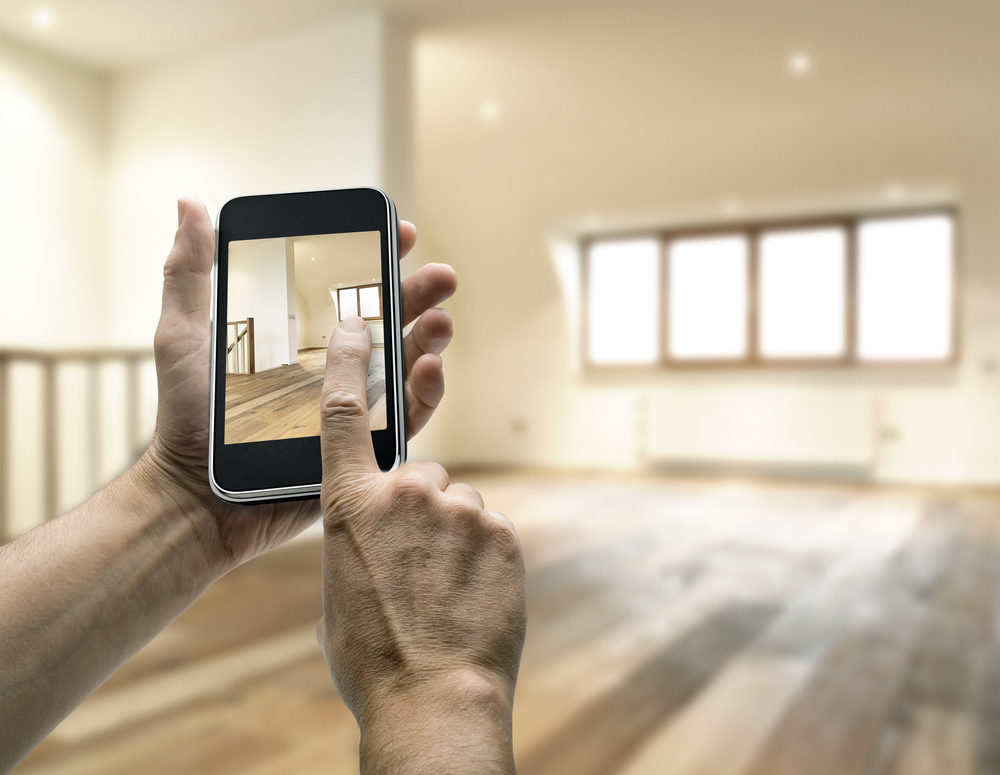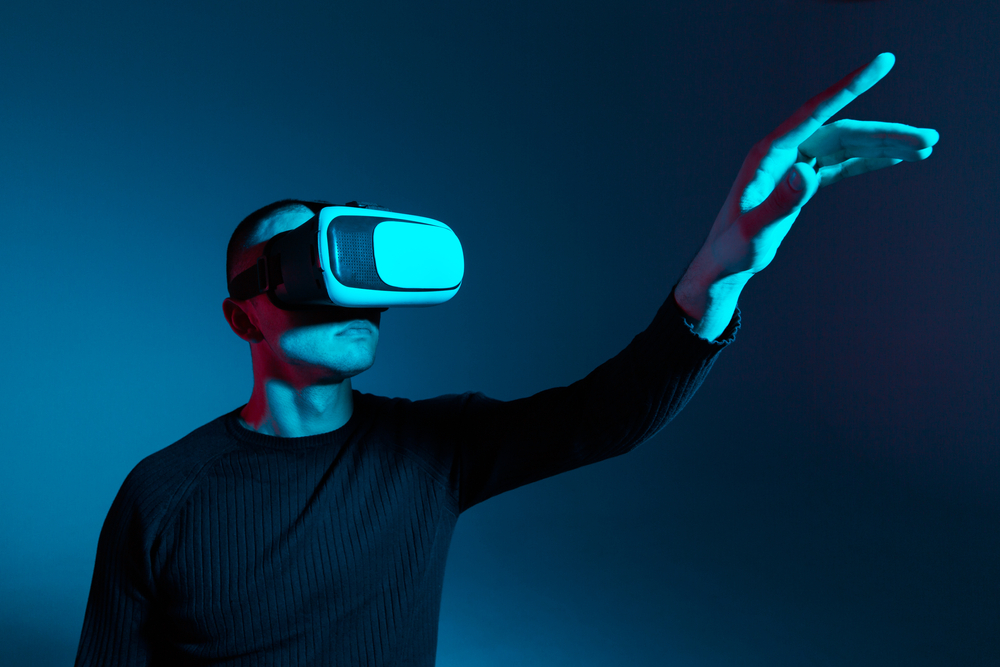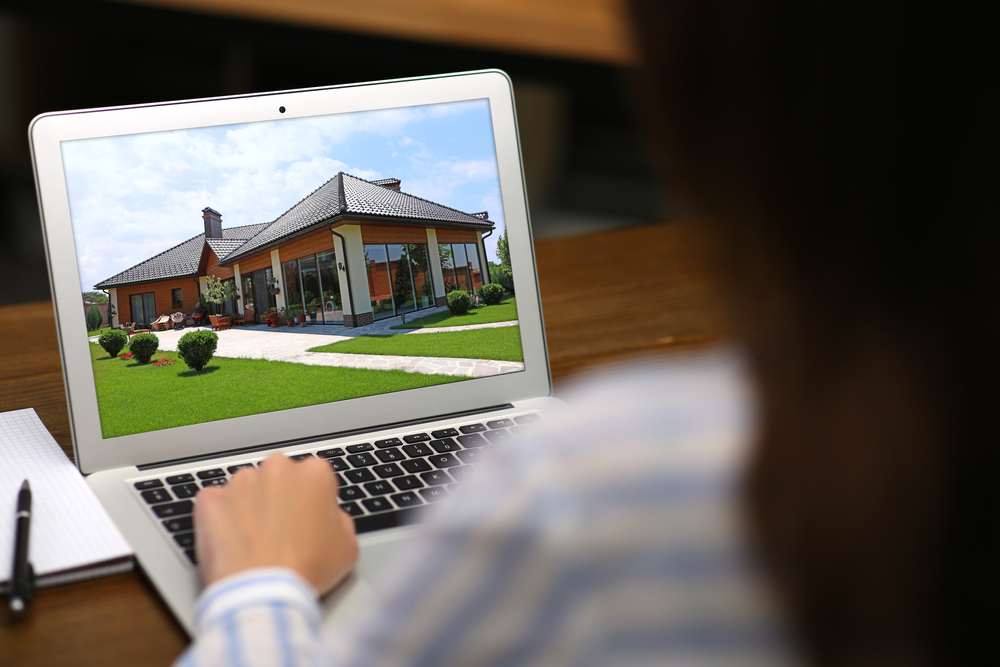Real estate sector turns to proptech amid global health crisis
The pandemic has forced the real estate industry into a more meaningful embrace with technology after years of flirting with innovation

For decades, the real estate industry remained stubbornly jejune.
As other sectors embraced innovation, tech companies played at the edges of one of the largest industries in the world. But proptech has stepped out of the shadows to enhance efficiency and human experience within the sector.
While the pandemic has had a devastating effect on real estate in the short term, it is now proving to be a catalyst for the adoption of tech.
The last 18 months have been an inflexion point. Even though many companies are preparing to return to their offices, the working landscape will likely transform forever as workforces shift towards hybrid models. The pandemic has created a demand for products that previously serviced primarily niche markets like digital home financing services. Other tech solutions experiencing a surge include virtual and augmented reality to meet the virtual walkthrough needs of homebuyers and agents.
Few will remember the pandemic period with much fondness. But it might well be recalled as the era when the property sector’s relationship with tech finally came of age.
Offices of tomorrow
The future of the workplace is likely to be a hybrid model geared towards better work-life balance

The pandemic has hastened the realisation that work is not somewhere you go, but something you do. And it is the workforce—empowered by technology and demanding improved sustainability and individual well-being—that is driving change.
This shift in mindset has not appeared overnight. Companies have been adapting to suit the needs of a modern workforce for years.
“Younger generations were already rejecting their parents’ generation’s symbols of success,” says Alison White, co-founder of UK-based workplace designers and advisors PLACEmaking. “With less emphasis on securing a mortgage, they are better placed to take career risks and more focused on work-life balance.”
Work-life balance is now the number one workforce priority ahead of salary, according to a recent JLL survey of 1,500 employees across Asia Pacific. Remote working may have largely succeeded over the last 18 months, but that does not necessarily make it the preferred choice of businesses and employees moving forward. Homeworking fatigue is growing, and productivity levels are dropping. Almost 70 percent of respondents said that three days in the office and two days of remote work is an ideal arrangement.
There is no one-size-fits-all approach when it comes to adapting offices for hybrid working. Instead, employers need to consider how the built environment adds value, according to Ben Hamley, JLL Asia Pacific’s future of work lead.

“Having come through the fatiguing haze of remote work, we are seeing much more interest in the neuroscience of workplace design,” he says. “New technologies will help occupiers better design spaces, ways of working and employee engagement programs to support focus, reduce distraction and stress and drive greater mental wellbeing.”
Still, questions remain about what a permanent and wide-reaching transformation in working and living patterns means for the office. Many organisations are expected to adopt a hybrid workplace model, with physical space dedicated to socialisation, collaboration, in-person meetings and people management.
“The design of the central office workspace needs to be transformed into a ‘centre of excellence’ and employees need to be rewarded for the effort of going there,” says White.
New technologies will help occupiers better design spaces, ways of working and employee engagement programs to support focus, reduce distraction, and stress, and drive greater mental wellbeing
The use of technology plays a fundamental role in facilitating new ways of working. Employers will demand integrated workplace applications to give them seamless access, for instance, to automatic room scheduling, building services and employee amenities as part of the hybrid experience.
“The opportunity to shape the future of work has never been stronger,” says Hamley. “Companies should be exploring all solutions that fit and flex with their organisation—particularly the hybrid work model combined with a digital-first approach.”
Paying it forward
A variety of transaction solutions are making property purchases a much less stressful process than before

It is often said that the only thing in life more stressful than getting divorced or losing a family member is buying a home. From finding the right property to unpredictable mortgage applications to delays and even disputes with sellers: the hurdles are manifold.
A recent survey by HSBC found that 37 percent of homebuyers felt uncomfortable during periods of forced communication with agents, lawyers and salespeople, while almost 30 percent said that price negotiations were “exhausting”. What is surprising then is the limited impact modern technological advancements have had on the transaction process.
“Ultimately, we are an industry resistant to change,” says Kosta Ligris, a real estate entrepreneur and lecturer in technological innovation at MIT Sloan School of Management. “We love to throw around terms like, ‘This is how it’s always done’, and when it comes to all of the services and products necessary for a real estate transaction, there’s always a select group of players that dominate the market share nationally, regionally or locally.”
At its core, fintech is utilised to help companies, business owners and consumers better manage their financial operations, processes and lives, using specialised software and algorithms. Governed by lucrative avenues such as online payment systems, online exchanges, and crowdfunding equity and debt platforms, the technology seemingly provides the ideal foundation for real estate to thrive.
Global investment in real estate fintech startups has soared from $2.2 billion to $31.3 billion. And it looks like the pandemic will be the catalyst for fintech to disrupt the industry in a meaningful fashion.
“The pandemic drove technologies into each part of the mortgage lending process with urgency and with measurable commitment,” says Andy Crisenbery, senior vice-president of eLending solutions at Black Knight, a software, data, and analytics provider for the mortgage industry.

Indeed, the pandemic has had a profound effect on almost all business lines in the real estate and lending markets. Both have traditionally been social businesses: from the time a property is listed for sale, through the selling and purchasing process and, in most cases, the mortgage banking and lending activities. Property transaction professionals have therefore had to re-learn how to do business over the last 18 months, with fintech playing a major role in this evolution.
The pandemic has structurally opened people’s mind to new service models and changed consumers’ behaviours structurally: they are more comfortable making important transactions online
Modern-day technologies and online platforms are providing potential homeowners with the opportunity to conclude deals by simplifying the process of acquiring and selling real estate. Asia-based PropertyGuru Group, which started life as an online listings site, is one such platform that has gravitated towards the tech sphere in recent years. In 2019, the Group launched a dedicated fintech arm, PropertyGuru Finance, offering digital home financing services, such as instant in-principal approval, instant offers, and refinance checks, enabling property buyers to access such services online.
More: Proptech pioneers turn industry pain points into potential, easing Asia’s transformation
“People have learned that many of the services they used to receive in-person can also be consumed digitally. In real estate finance, those service needs are especially around the uncertainty of securing loans and the lack of knowledge around what bank or mortgage product to select,” says Bjorn Sprengers, chief marketing officer and head of fintech at PropertyGuru.
“The pandemic has structurally opened people’s mind to new service models and changed consumers’ behaviours more structurally: They are more comfortable making important transactions online.”
The company aims to facilitate Singapore’s first digital straight-through mortgage application by 2022 and the first fully digital property transaction by 2025. Fintech will inevitably continue to cut out the middleman—potentially democratising the industry and reducing the stress factor of buying real estate.
A new reality
With movement limited, XR technologies have taken hold, offering myriad possibilities for areas ranging from remote design to virtual tours

The advent of extended reality (XR) technologies has revolutionised real estate. And advanced applications of immersive augmented and virtual reality look set to become more valuable than ever.
Prior to the pandemic, most applications for VR revolved around property showings. With VR headsets, agents can give potential buyers tours without having to go to the property itself. But in-person tours and showings remained the industry standard, either out of tradition or costs. And, as of 2019, gaming and entertainment still dominated the VR market.
“Some sellers may have previously erred on the side of caution, preferring to shun virtual tours in favour of human interaction, perhaps doubting a buyer’s seriousness if they were not willing to view in person,” says Edward Parry-Jones, a data director with global consultancy JLL. “That’s no longer the case as the industry adapts out of necessity.”
That spells good news for companies specialising in the technology. Bangkok-based HubLearn, a social enterprise that educates companies across various industries on how to incorporate XR technology into their business, works with real estate firms to develop virtual tours using 360-degree images mapped to a sphere. Founder Adam Dollner appreciates that the pandemic has spurred the development of VR real estate products. But he believes a reluctance remains within the industry to embrace the opportunities presented by extended reality.
“Even over the last 18 months or so when there’s been a considerable demand for remote, innovative solutions, I’ve been surprised by how little progress has been made in terms of adopting VR,” he says. “I think that many in the industry are still unaware of what can actually be achieved with the technology. Many larger developers and agencies during the pandemic are still relying on photos and shaky videos taken on phones to sell properties.”

Other XR tools, that supply investors and occupiers with insights into the potential design, layout, and construction of future projects, meanwhile, came to the fore during the global lockdowns. The use of augmented reality (AR) apps such as One to One Displays—which allows clients to explore life-size versions of future properties via phone or tablet—looks set to be a game-changer for the industry.
The tools that we’re allowing our customers to see their project through enables them to make the correct decisions at a much earlier stage, which automatically reduces waste
One to One Displays tweaked plans for a new virtual walkthrough app in the early days of the Covid-19 outbreak to cater directly to end-users. The app was initially developed as a professionally guided experience for use in the construction sector, explains the Melbourne-based company’s co-founder and head of technology Stefan Rafael. But when travel restrictions became widespread in early 2020, the virtual platform was reinterpreted to be used by anyone, anywhere.
A major implication for the widespread adoption of XR is the significant contribution towards waste reduction—vital in an industry that accounts for almost 40 per cent of global greenhouse gas emissions.
More: The top tech tools making paradise more appealing to investors
“The environmental benefits are going to be one of the biggest success stories for us— and hopefully the industry at large,” says Rafael. “The tools that we’re allowing our customers to see their project through enables them to make the correct decisions at a much earlier stage, which automatically reduces waste.”
Still, not everyone in the industry is convinced that it will flood the real estate mainstream any time soon.
“I can’t see wholesale changes taking effect in the industry until the dinosaurs with conservative mindsets are out of the picture,” says Dollner. “Eventually the generation that has grown up with this technology will take their place, but until then it is most likely to be business as usual.”
The original version of this article appeared in Issue No. 167 of PropertyGuru Property Report Magazine. Write to our editors at [email protected].
Recommended
Meet the vagabond architect behind India’s housing scene
Vinu Daniel is helping to shake up India’s home building setting
Where Asian real estate stands in a fragmented, warmer world
Asia’s real estate industry faces many and varied challenges as external factors continue to bite
6 sights to see in Singapore’s Marine Parade
Handily located Marine Parade has emerged as a vibrant investment choice in the Lion City
There’s a township dedicated to health and wellness in Malaysia
Property seekers have their health needs catered for at KL Wellness City








